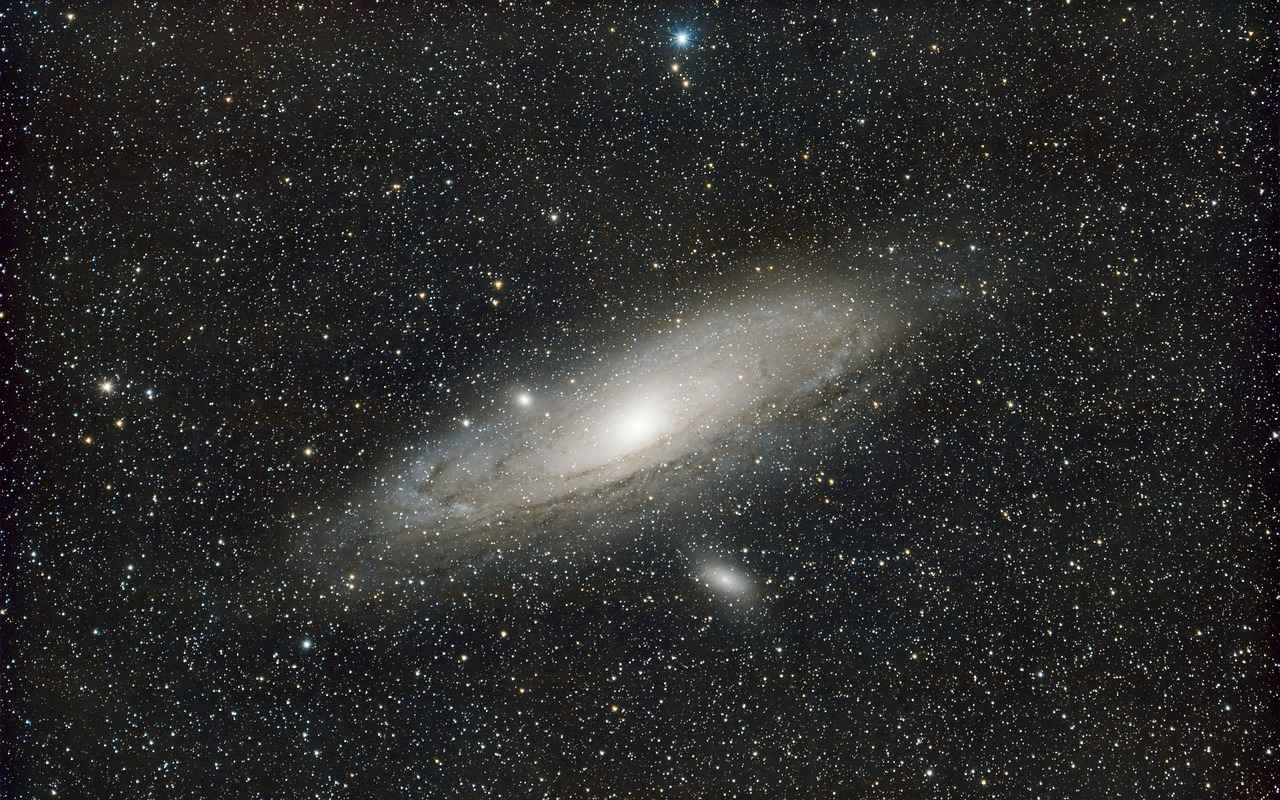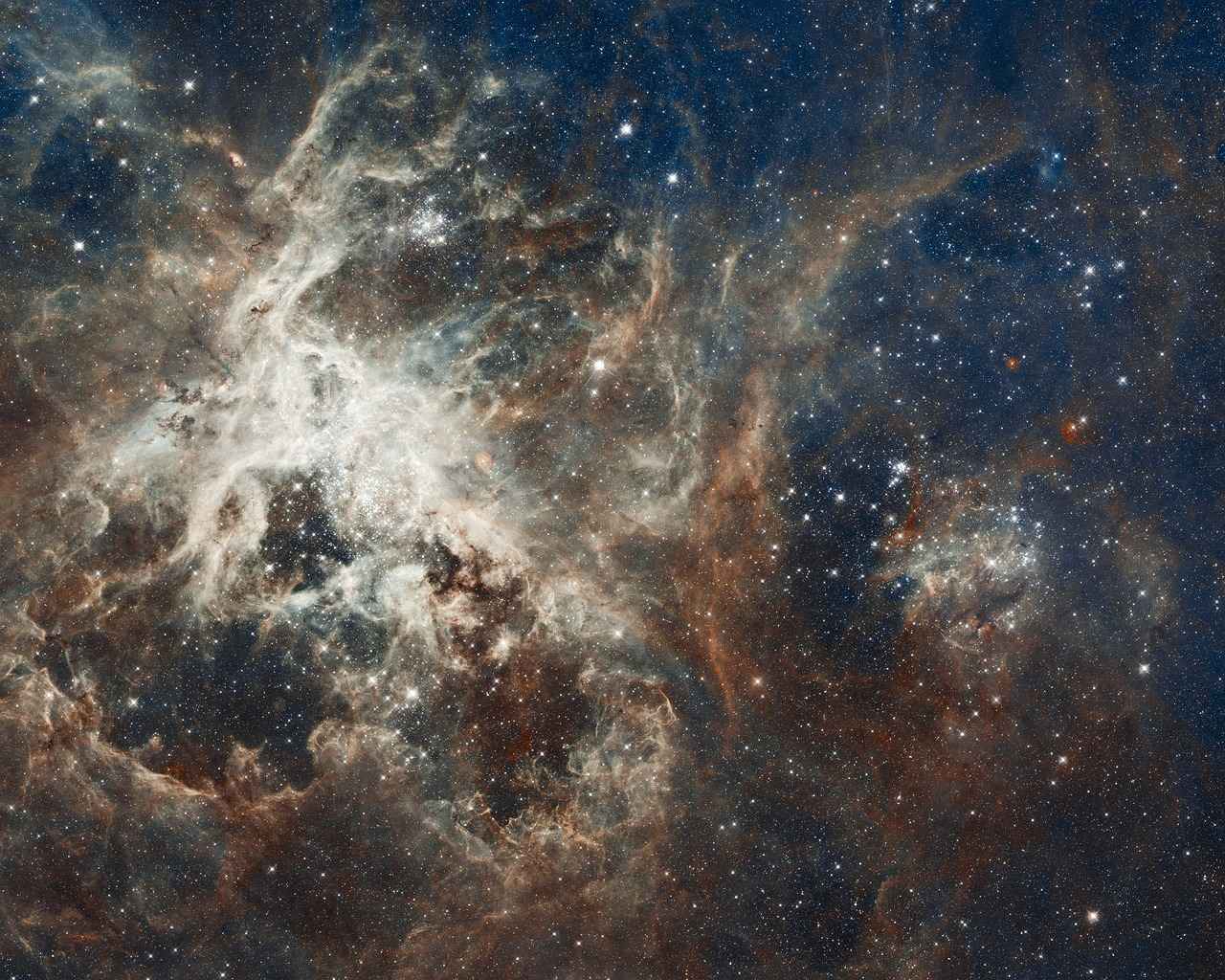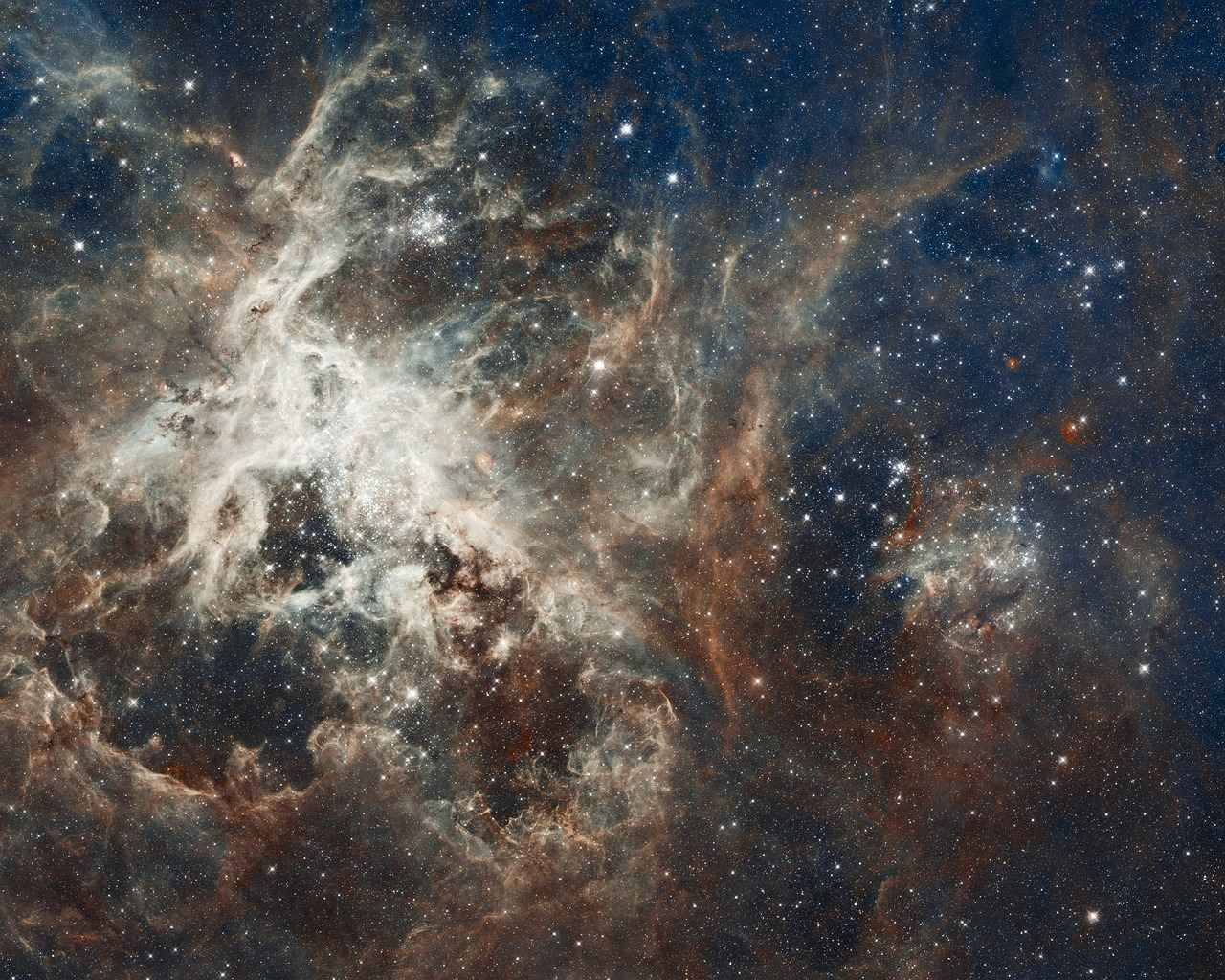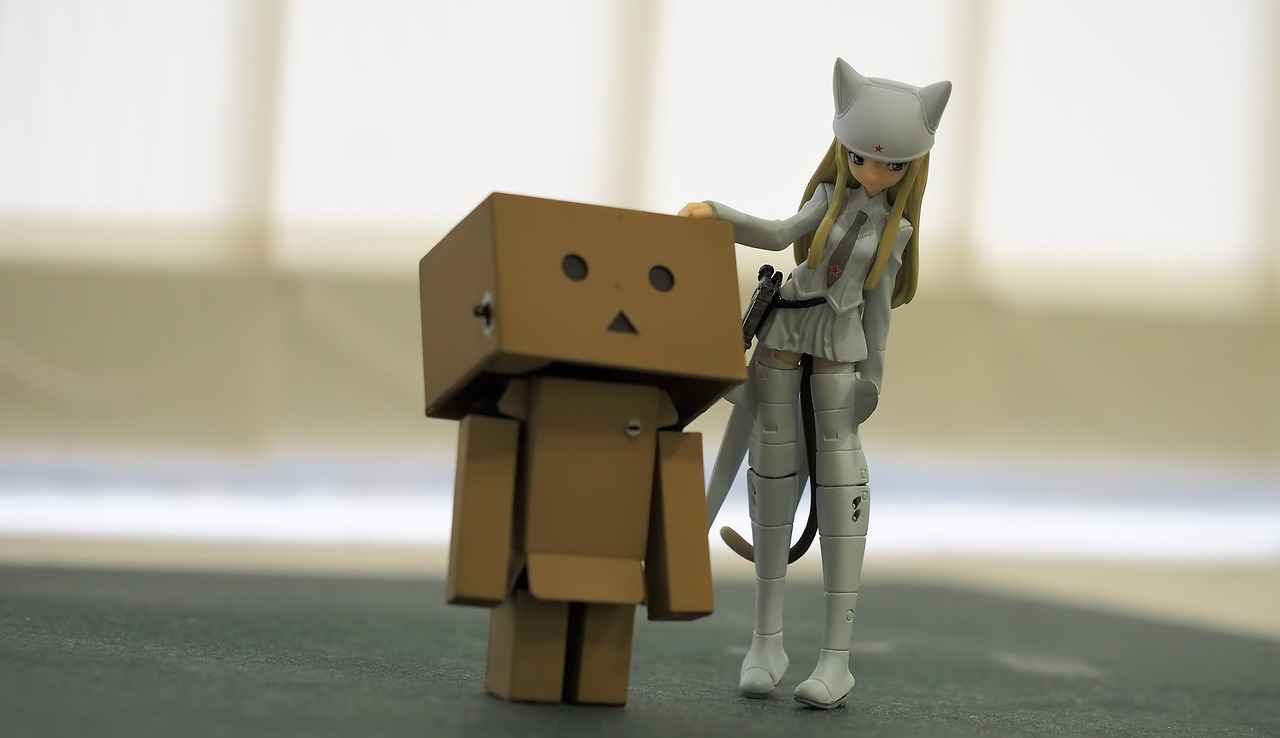This article delves into the fascinating world of anime that explore parallel universes, offering insights into their themes, characters, and unique storytelling techniques that captivate audiences. The concept of parallel universes has become a rich source of inspiration for creators, allowing them to craft narratives that challenge our understanding of reality.
1. Understanding Parallel Universes in Anime
Parallel universes in anime are often rooted in science fiction, drawing from theories that suggest the existence of multiple realities. This theme has been interpreted in various ways, from alternate timelines to entirely different worlds, making it a popular motif in anime storytelling.
2. Top Anime Featuring Parallel Universes
- Steins;Gate: A gripping tale that intricately weaves time travel with parallel universes, exploring the consequences of altering timelines.
- Re:Zero – Starting Life in Another World: This anime presents a unique perspective on parallel worlds through its protagonist’s ability to return to specific points in time, highlighting themes of despair and personal growth.
3. Thematic Elements of Parallel Universe Anime
Common themes found in these narratives include identity, choice, and the nature of reality. By exploring these themes, anime delves into philosophical questions that resonate deeply with viewers.
4. Character Development in Parallel Universes
Parallel universes serve as a canvas for character growth, allowing characters to confront alternate versions of themselves and explore different life choices, enhancing their development.
5. The Impact of Parallel Universes on Storytelling
The concept of parallel universes adds layers of complexity to narratives. It enables creators to experiment with plot twists and character arcs, challenging traditional storytelling methods.
6. Future Trends in Parallel Universe Anime
As audience preferences evolve, the future of parallel universe themes in anime looks promising. Current trends suggest a rise in innovative storytelling techniques that continue to captivate viewers.

1. Understanding Parallel Universes in Anime
Understanding Parallel Universes in Anime
The concept of parallel universes has captivated audiences for decades, originating from the realms of science fiction and finding a unique interpretation within the world of anime. These alternate realities allow creators to explore themes of existence, identity, and choice, making them a popular motif in various narratives.
Parallel universes, often referred to as multiverses, suggest that there are infinite realities coexisting alongside our own. This idea has its roots in theoretical physics, particularly in quantum mechanics, where the notion of superposition implies that particles can exist in multiple states simultaneously. Anime has taken this scientific concept and woven it into intricate plots, allowing characters to navigate through different timelines and realities.
In anime, the exploration of parallel universes often serves as a vehicle for character development. Protagonists are frequently faced with alternate versions of themselves or their loved ones, leading to profound revelations about their choices and the nature of their existence. This narrative device not only enriches the storyline but also prompts viewers to reflect on their own lives and decisions.
One of the reasons parallel universes resonate so deeply with audiences is their ability to pose philosophical questions about reality. What if our choices lead us down different paths? How do our experiences shape who we are? These inquiries are central to many anime series, prompting viewers to engage with the content on a more personal level.
As we delve deeper into the world of anime, we will uncover how various shows interpret and depict parallel universes, showcasing their significance in storytelling and character arcs. The exploration of these alternate realities not only enhances the narrative complexity but also invites viewers to ponder the infinite possibilities of existence.

2. Top Anime Featuring Parallel Universes
Top Anime Featuring Parallel Universes
Anime has a unique ability to explore complex themes, and one of the most intriguing is the concept of parallel universes. These narratives allow creators to delve into alternate realities, offering viewers a chance to experience different outcomes and character arcs. Below is a curated list of some of the best anime series and films that prominently feature parallel universes, each showcasing unique plots and character developments that keep audiences engaged.
- Steins;Gate: This critically acclaimed series masterfully intertwines time travel with parallel universes. The protagonist, Okabe Rintarou, discovers a method to send messages to the past, leading to unforeseen consequences that ripple through multiple timelines. The emotional depth and character growth are profound, making it a must-watch for any anime fan.
- Re:Zero – Starting Life in Another World: In this gripping tale, Subaru Natsuki is transported to a fantasy world where he possesses the ability to return to a specific point in time upon death. This unique mechanic allows for deep character exploration as Subaru faces despair and learns to navigate the complexities of his new reality.
- Madoka Magica: This series starts as a typical magical girl anime but quickly evolves into a dark exploration of fate and choice. The characters face alternate realities that challenge their perceptions of hope and sacrifice, making it a thought-provoking watch.
- The Tatami Galaxy: This visually stunning series follows a college student as he navigates different versions of his life based on the choices he makes. Each episode presents a new parallel universe, exploring themes of regret and self-discovery in a unique narrative style.
- Fate/Zero: While primarily known for its epic battles, Fate/Zero incorporates elements of parallel universes through its complex timelines and character interactions. The story’s depth allows for rich character development and moral dilemmas that resonate with viewers.
These anime not only entertain but also provoke thought, making them essential viewing for fans of the genre. The exploration of parallel universes allows for innovative storytelling techniques that challenge traditional narratives and engage viewers on multiple levels.
2.1. Steins;Gate
Steins;Gate is widely regarded as a masterpiece in the realm of anime, particularly for its innovative approach to the concept of time travel and parallel universes. This series intricately weaves a narrative that challenges the very fabric of reality, allowing viewers to explore the profound implications of altering timelines.
The story begins with Okabe Rintarou, a self-proclaimed mad scientist who inadvertently discovers a method to send messages to the past using a microwave. As Okabe and his friends delve deeper into their experiments, they uncover a web of parallel universes and the dire consequences that come with meddling in time. The emotional weight of their choices becomes increasingly evident, as characters grapple with loss, regret, and the burden of knowledge.
One of the most compelling aspects of Steins;Gate is its ability to blend science fiction with deep emotional storytelling. As the characters navigate through various timelines, they encounter alternate versions of themselves, leading to profound character development and introspection. This exploration of identity and choice resonates with audiences, prompting them to reflect on their own lives and decisions.
Moreover, the series employs a unique storytelling technique that keeps viewers on the edge of their seats. With each timeline shift, the narrative becomes more intricate, filled with unexpected twists and turns. This complexity not only enhances the viewing experience but also invites discussions about the nature of reality and the potential of multiverses.
In conclusion, Steins;Gate stands as a testament to the power of anime to explore complex themes through engaging storytelling. Its intricate plot and emotional depth make it a must-watch for anyone interested in the fascinating interplay of time travel and parallel universes.
2.2. Re:Zero – Starting Life in Another World
Re:Zero – Starting Life in Another World offers a captivating exploration of parallel universes through its protagonist, Subaru Natsuki, who possesses the extraordinary ability to return to a specific point in time upon death. This unique narrative device allows the series to delve into profound themes of despair, hope, and personal growth. The emotional weight of Subaru’s journey is amplified by his repeated encounters with death, forcing him to confront the consequences of his choices and the lives of those around him.
At its core, Re:Zero examines the psychological toll of Subaru’s power. Each time he “returns by death,” he experiences the pain of loss and the burden of knowledge that others do not share. This cycle of death and resurrection creates a rich tapestry of character development, as Subaru learns from his failures and strives to make better decisions to protect his friends and loved ones.
The series also introduces a diverse cast of characters, each with their own struggles and motivations. Notably, the relationships Subaru builds with characters like Emilia and Rem highlight the importance of trust and redemption. As Subaru navigates through various timelines, he not only seeks to save those he cares about but also embarks on a path of self-discovery, ultimately leading to his own transformation.
Moreover, Re:Zero challenges the traditional narrative structure by integrating elements of suspense and unpredictability. Viewers are constantly kept on edge, wondering what choices Subaru will make next and how those choices will impact the world around him. This intricate storytelling keeps audiences engaged and invested in the outcome of Subaru’s journey.
In summary, Re:Zero – Starting Life in Another World stands out in the realm of anime that explore parallel universes. Through its unique premise and deep thematic exploration, it invites viewers to reflect on the nature of life, death, and the infinite possibilities that arise from our choices.

3. Thematic Elements of Parallel Universe Anime
Thematic Elements of Parallel Universe Anime
Parallel universe anime often captivates audiences by delving into profound themes that resonate on multiple levels. By examining these themes, we can uncover the philosophical questions that challenge our understanding of identity, choice, and the nature of reality.
- Identity: One of the most prominent themes is the exploration of identity. Characters frequently encounter alternate versions of themselves, prompting viewers to consider what defines a person. Are we merely a product of our choices, or is there an intrinsic self that remains constant across different realities?
- Choice: The theme of choice is intricately woven into the narrative fabric of parallel universe anime. Characters often face pivotal decisions that lead to vastly different outcomes, illustrating the weight of their choices. This exploration encourages viewers to reflect on their own decisions and the paths they take in life.
- The Nature of Reality: Many series challenge the very fabric of reality itself, asking viewers to question what is real and what is illusion. This theme often leads to thought-provoking discussions about the nature of existence and consciousness, inviting audiences to ponder their place in the universe.
As we analyze these themes, it becomes evident that parallel universe anime serves as a mirror, reflecting our own struggles with identity, the consequences of our choices, and the mysteries of reality. These narratives not only entertain but also provoke critical thinking and self-reflection, making them a unique and enriching genre within the anime landscape.

4. Character Development in Parallel Universes
In the realm of storytelling, parallel universes serve as a powerful tool for character development, offering unique opportunities for growth and transformation. These alternate realities allow characters to confront different versions of themselves, enabling them to explore a myriad of life choices that they might not have encountered in their original universe.
When characters find themselves in parallel worlds, they often face situations that challenge their beliefs and values. This confrontation can lead to profound self-discovery, as they are forced to reevaluate their decisions and the paths they have taken. For instance, a character who is typically portrayed as a hero might encounter a version of themselves that embodies traits of a villain, prompting them to question their morality and motivations.
Moreover, the concept of multiple realities allows for a rich exploration of regret and redemption. Characters may witness the consequences of their actions in alternate timelines, which can motivate them to change their behavior in their original universe. This journey of self-reflection not only deepens their character arc but also resonates with audiences who may relate to the struggle of making difficult choices.
In many narratives, the transformative power of parallel universes is highlighted through the relationships characters build with their alternate selves. These interactions often lead to a greater understanding of their own strengths and weaknesses, fostering empathy and personal growth. The emotional weight of meeting an alternate version of oneself can serve as a catalyst for change, pushing characters to become better versions of themselves.
In conclusion, parallel universes enrich character development by providing a canvas for exploring identity, choice, and consequence. As characters navigate these alternate realities, they not only confront their fears and desires but also embark on a journey toward self-actualization, making their stories all the more compelling and relatable.

5. The Impact of Parallel Universes on Storytelling
The concept of parallel universes has emerged as a significant narrative device in storytelling, particularly within the realm of anime. This intriguing concept not only captivates audiences but also enhances narrative complexity, allowing creators to push the boundaries of traditional storytelling methods.
When exploring parallel universes, creators can delve into multiple realities that coexist alongside one another. This opens up a plethora of opportunities for plot twists that challenge viewers’ expectations. For instance, a character who makes a decision in one universe may face entirely different consequences in another, prompting viewers to ponder the implications of choice and fate. This exploration of alternate realities can lead to unexpected revelations that keep the audience engaged and invested in the storyline.
Moreover, parallel universes allow for profound character arcs. Characters can confront alternate versions of themselves, leading to moments of self-discovery and growth. For example, a character may encounter a version of themselves that made different life choices, forcing them to reflect on their own decisions and motivations. This not only deepens their character development but also resonates with viewers who may see reflections of their own struggles and choices.
Additionally, the use of parallel universes can introduce complex themes such as identity, morality, and the nature of reality. By juxtaposing different realities, creators can explore philosophical questions that challenge the audience’s perception of existence. This layered storytelling technique invites viewers to engage with the narrative on a deeper level, fostering discussions and interpretations that extend beyond the screen.
In conclusion, the integration of parallel universes in storytelling significantly enhances narrative complexity. By enabling creators to experiment with plot twists and character arcs, it challenges traditional storytelling methods and invites audiences to explore profound themes, making the narrative experience richer and more engaging.

6. Future Trends in Parallel Universe Anime
As we look ahead to the future of parallel universe themes in anime, it is essential to consider the evolving landscape of storytelling and audience preferences. The genre has seen a remarkable surge in popularity, driven by a combination of innovative narratives and captivating character arcs. This growth hints at exciting possibilities for upcoming series and films.
One significant trend is the increasing integration of advanced technology in storytelling. With the rise of virtual reality and augmented reality, anime creators may explore how these technologies can create immersive experiences that allow viewers to engage with parallel universes in unprecedented ways. Imagine an anime where viewers can choose their paths, experiencing different outcomes based on their decisions—this level of interactivity could redefine the genre.
Moreover, the globalization of anime has led to a diverse audience with varying cultural backgrounds. This shift may encourage creators to draw inspiration from a broader range of mythologies and philosophies, resulting in unique interpretations of parallel universes. For instance, stories could incorporate elements from Eastern and Western traditions, creating rich tapestries of narrative that resonate with a wider audience.
Additionally, as themes of mental health and personal growth gain traction in society, we may see more anime that delve into the psychological aspects of parallel universes. Characters might navigate not only alternate realities but also their own inner struggles, exploring themes of identity and self-discovery in profound ways.
In conclusion, the future of parallel universe themes in anime is poised to be exciting and multifaceted. With the potential for technological advancements, diverse cultural influences, and deeper psychological explorations, audiences can anticipate a new wave of storytelling that challenges perceptions and expands the boundaries of the genre.
